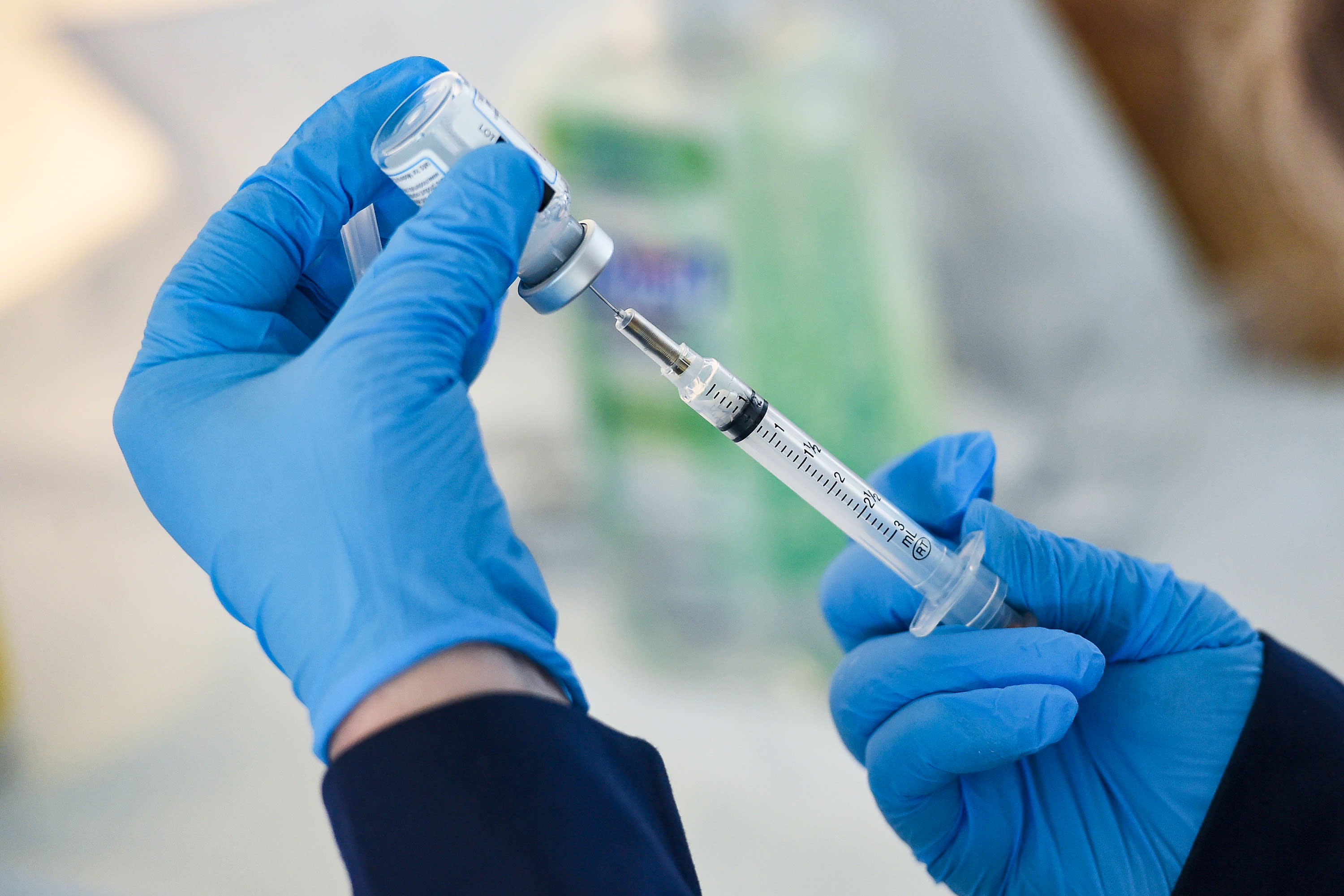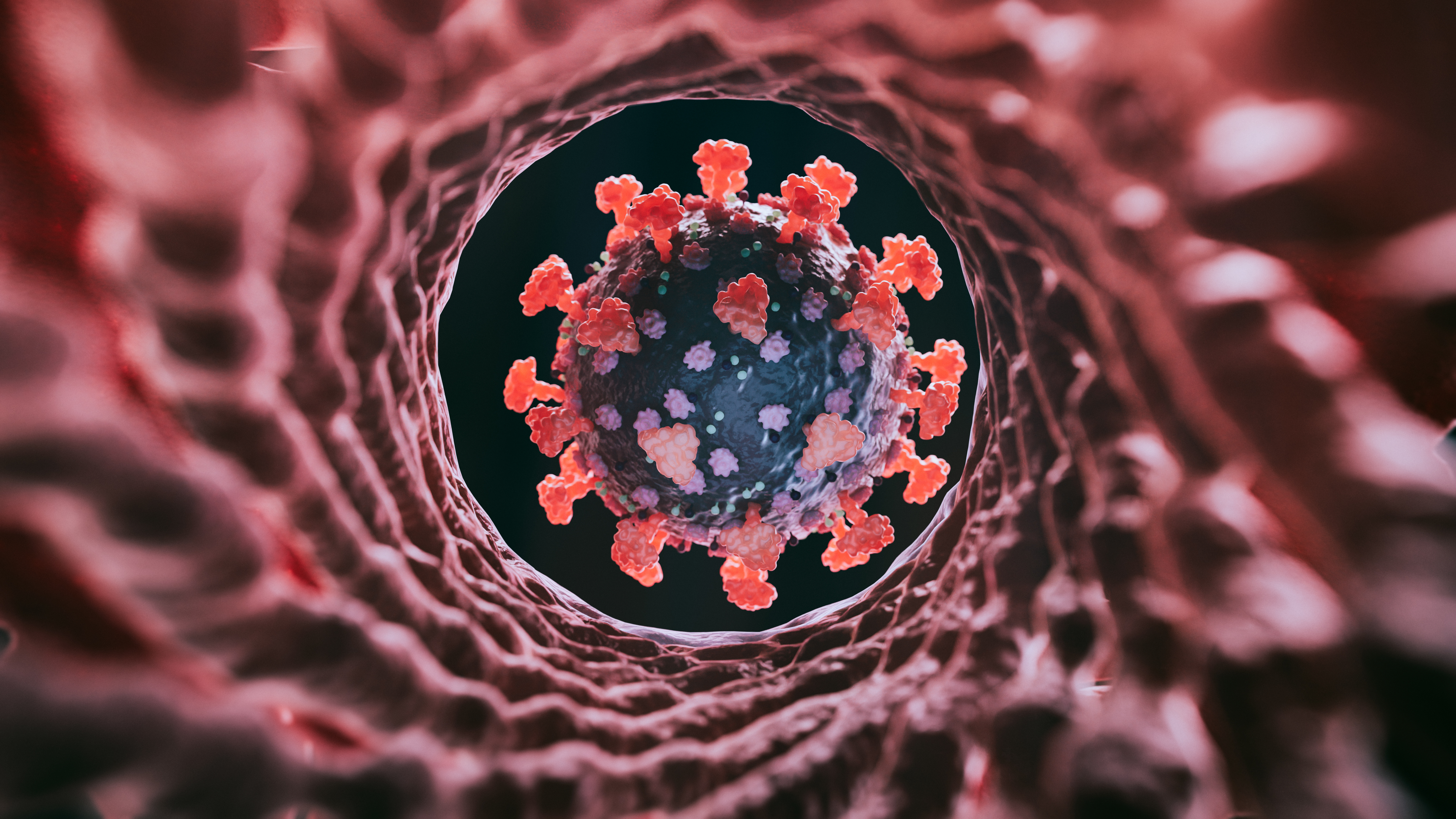The BA.2 omicron subvariant is expected to make up most of Chicago’s COVID cases by the end of the month, the city’s top doctor said Tuesday.
Months after the U.S. experienced a surge in cases of the omicron variant, focus has turned to different strain - BA.2, a subvariant of omicron, also referred to as "stealth omicron."
BA.2 captured attention as it spawned a rise in infections in Europe earlier this month, and in recent weeks, case numbers have risen in New York City, where BA.2 appears to be on track to taking over as the dominant strain.
As of March 19, the subvariant accounted for nearly 35% of COVID-19 cases in the U.S., a roughly 12% increase from the week prior, according to the Centers for Disease Control and Prevention.
In recent days, case numbers have also gone up in the Midwest.
According to the CDC, the BA.2 subvariant made up just over 30% of new COVID cases in a six-state area, including Illinois, over the week ending March 19. The subvariant is not the dominant strain, officials said this week, but the likelihood is that it will be by the end of next month.
If you contract COVID-19, is there a way to tell if you've come down with omicron or BA.2? Some say specific symptoms may be associated with the subvariant, but others aren't certain at this point.

The symptoms for BA.2 are similar to those seen in many COVID infections, including:
- Fever or chills
- Cough
- Shortness of breath or difficulty breathing
- Fatigue
- Muscle or body aches
- Headache
- New loss of taste or smell
- Sore throat
- Congestion or runny nose
- Nausea or vomiting
- Diarrhea
But those associated with BA.2 seem to largely mirror a small number of symptoms commonly reported in omicron infections, NBC News reported. Those symptoms are the following:
Feeling out of the loop? We'll catch you up on the Chicago news you need to know. Sign up for the weekly Chicago Catch-Up newsletter.
- Cough
- Fatigue
- Congestion
- Runny Nose
Anecdotal reports have suggested that dizziness could be a possible symptom, but they are so far unfounded.
"We will have to wait and see what exactly that means," said Dr. Rachael Lee, an associate professor of infectious disease and a health care epidemiologist at the University of Alabama at Birmingham. Infections in general can cause dizziness if people become dehydrated, she said.
"When we are sick and our body is taking care of the infection, we can get things like fever," Lee said. "If you have fever, in particular, and if you're sweating a lot, you're losing a lot of fluid."
Another doctor noted omicron led to more upper respiratory symptoms, but said it's just too early to tell with BA.2.
"I don't know if we, right now, know the particular features that are distinct for BA.2 versus BA.1. I mean, for BA.1, we knew that it was mostly an upper respiratory-type infection rather than the lower respiratory infections that can lead toward pneumonia and further and greater complications," said Dr. Gregory Huhn, an infectious disease physician and the COVID-19 vaccine coordinator for Cook County Health.
For some people, coronavirus causes mild or moderate symptoms that clear up in a couple weeks. For others, it may cause no symptoms at all. For some, the virus can cause more severe illness, including pneumonia and death.
Most vaccinated people either have no symptoms or exhibit very mild symptoms, according to health officials, and the virus rarely results in hospitalization or death for those individuals.




